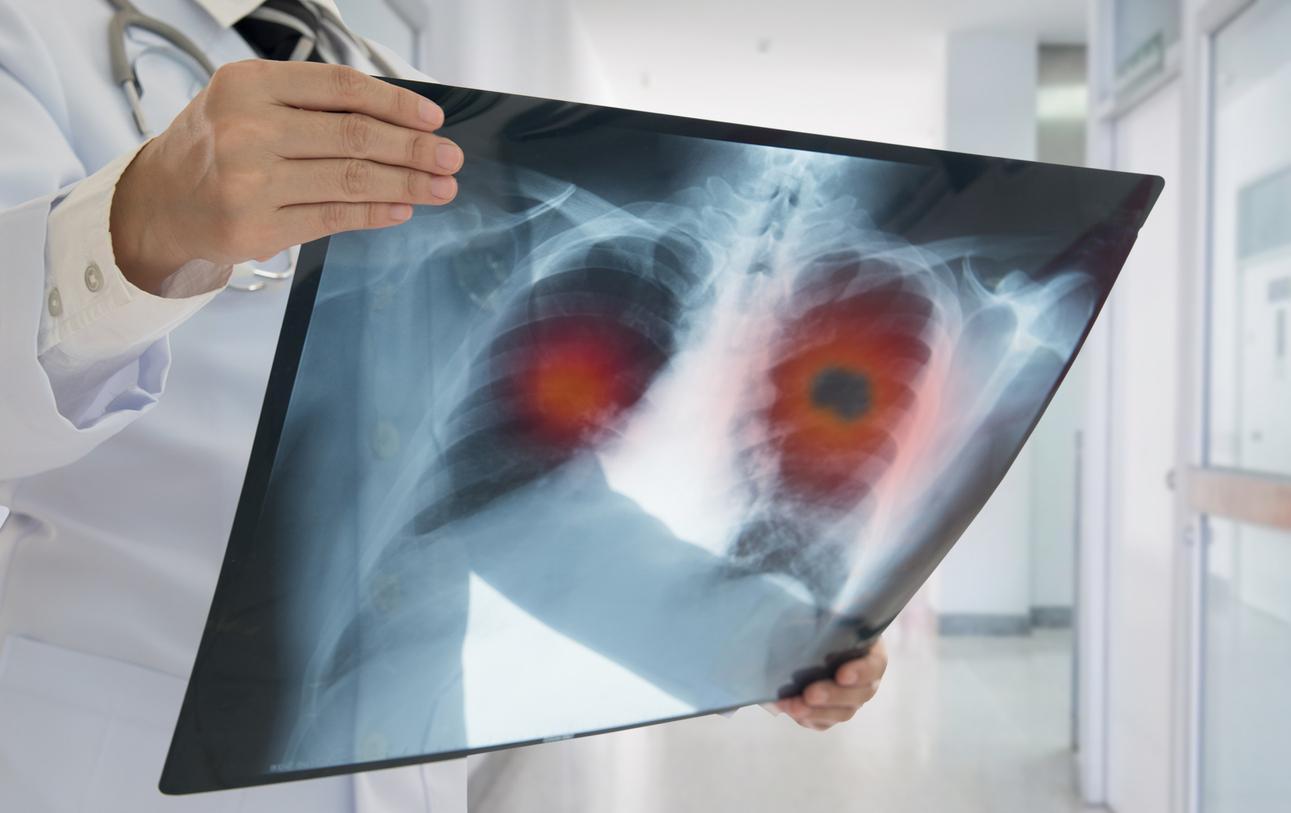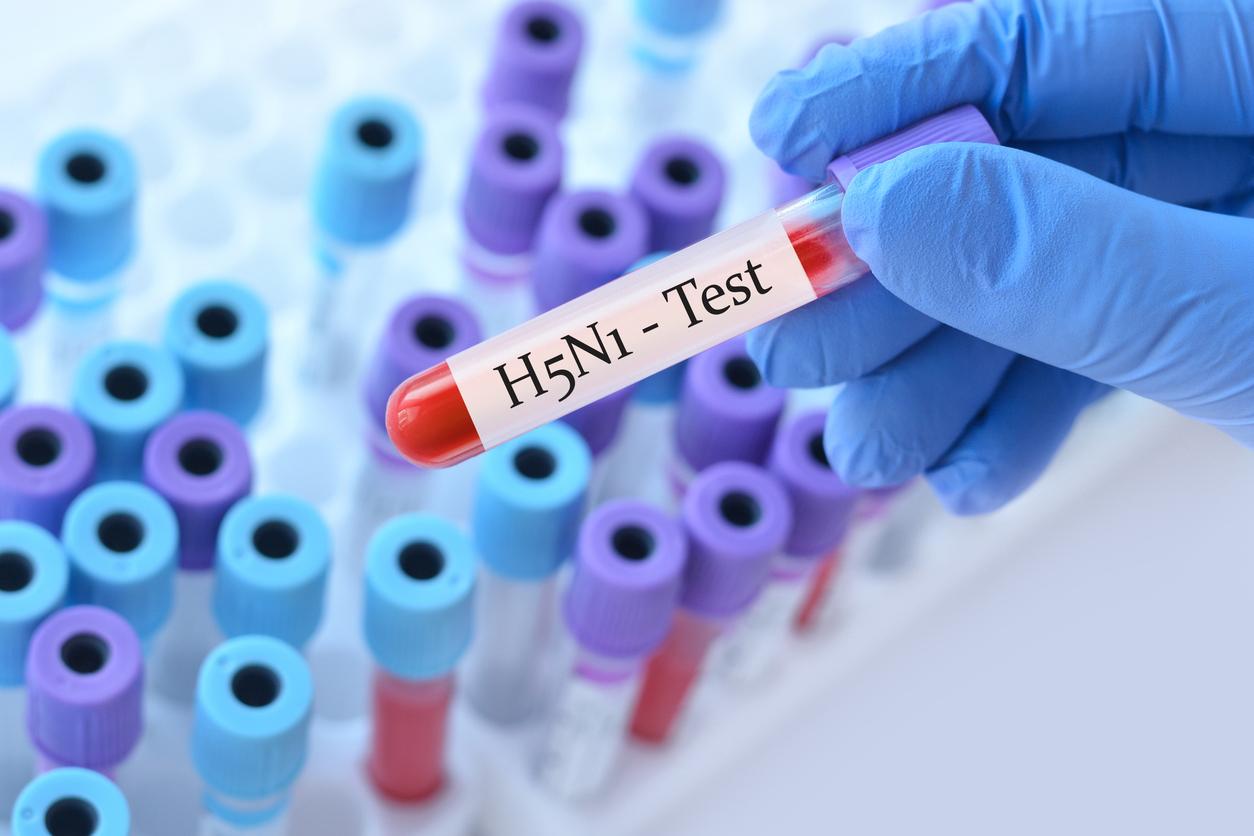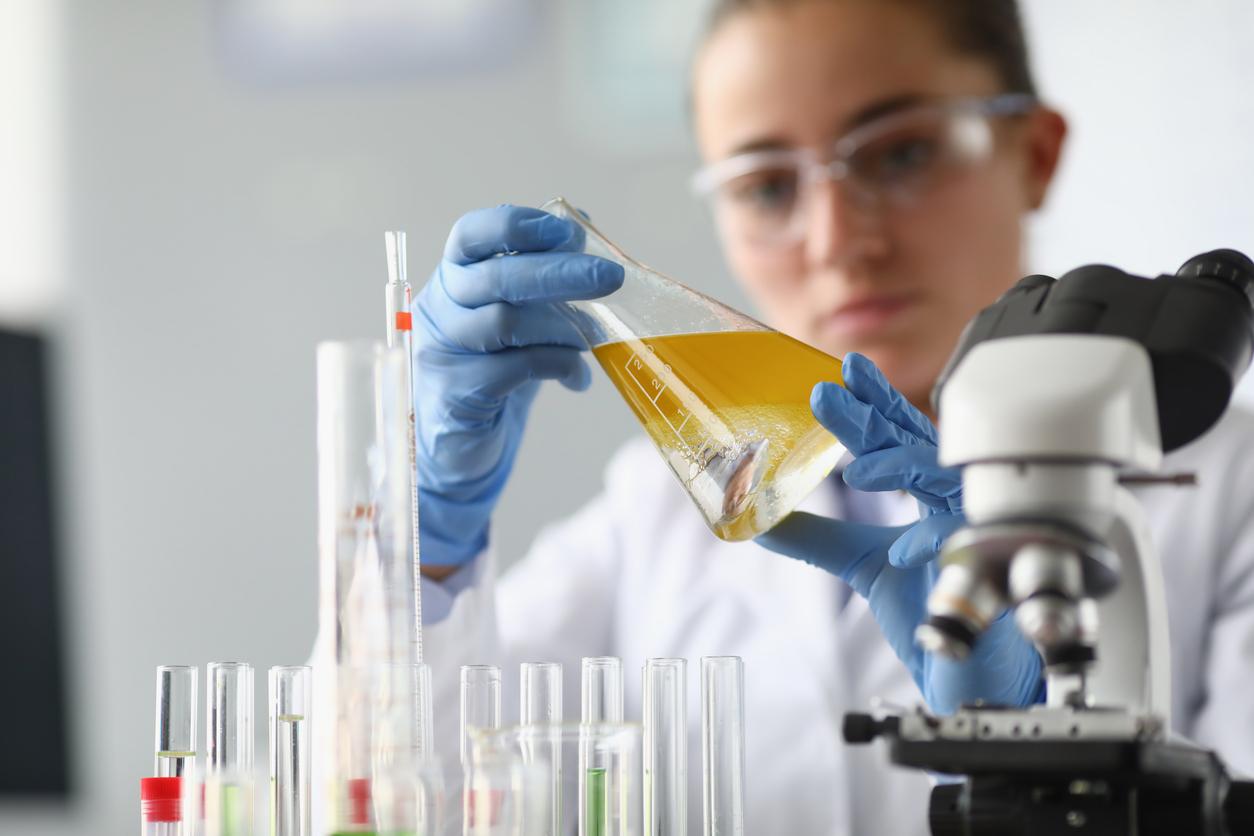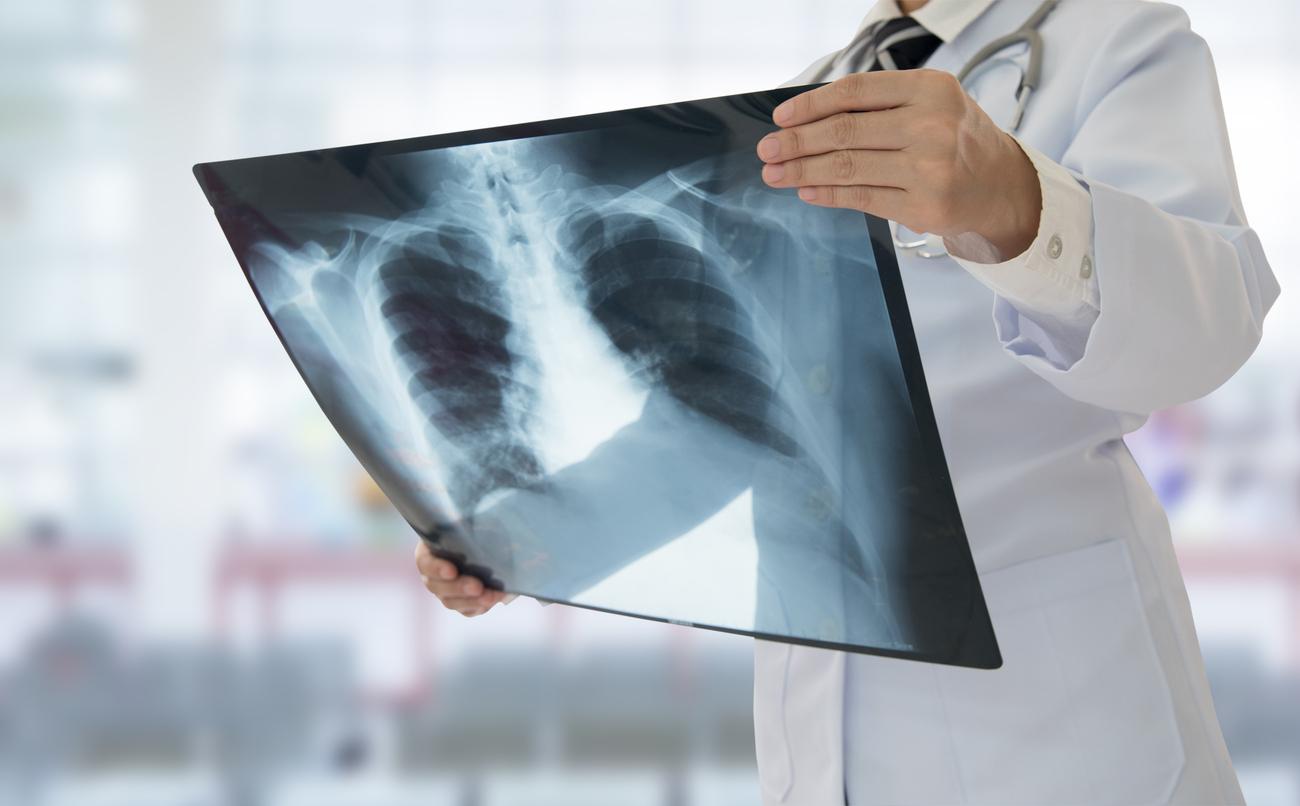Air pollution has been linked to an increased risk of developing lung cancer in those carrying mutations in the EGFR gene.

- Some people carry mutations in the EGFR gene.
- When they are exposed to air pollution, they are more likely to develop lung cancer.
- “Patients residing in polluted areas therefore have a 50% additional risk of having lung cancer with this type of mutation,” explains Professor Alexis Cortot.
Exposure to fine particles promotes the occurrence of lung cancer in non-smoking patients carrying mutations in the EGFR gene.
“Established by an English study, this relationship has just been confirmed and quantified by researches carried out on a cohort of the KBP-2020 study” explained during the French-language pulmonology congress (CPF) Professor Alexis Cortot, pulmonologist at the Lille Regional University Hospital Center.
Lung cancer and air pollution: +50% risk among mutation carriers EGFR
“KBP-2020 was an opportunity to study the impact of pollution on lung cancer in order to confirm the results obtained by the London research team led by Charles Swanton,” also recalled the specialist on this occasion.
“The results show that there is indeed a link between exposure to fine PM2.5 particles and the proportion of EGFR mutations among diagnosed lung cancers, with a risk equal to 1.5”, said Alexis Cortot. “Patients residing in polluted areas therefore have a 50% additional risk of having lung cancer with this type of mutation,” he added.
“While it is significant, this risk is nevertheless lower than that linked to active smoking, which is ten to fifteen times higher. It is, however, similar to the risk associated with passive smoking,” he also indicated.
Lung cancer and air pollution: the contribution of KBP project
Unique in the world, the KBP project brings together a series of studies conducted by the College of Pulmonologists of General Hospitals (CPHG). It makes it possible to draw up an inventory of new cases of bronchial cancer in France every ten years.

In this new component, the KBP included around 9,000 patients treated in general hospitals. For one year, all cases of lung cancer diagnosed as well as patient characteristics were collected.
Each city of residence of the patients was associated with a level of exposure to different pollutants such as PM2.5, PM10, ozone, nitrogen dioxide and ionizing radiation (radon). In addition to EGFR, other mutations were taken into account to study the association between exposure to pollutants and the profile of lung cancers presented by patients. We are talking, for example, about ALK and ROS rearrangements or even KRAS and HER2 alterations.
“Compared to the English study, more pollutants and mutations were therefore explored”finally explained Alexis Cortot. “In addition, adjustments were made for factors associated with the presence of these mutations, in particular smoking status. These adjustments made it possible to observe the link of exposure to pollutants with mutated cancers, both in non- -smokers than among smokers”, concludes the professor.
The incidence of EGFR mutated lung cancer varies around the world: it is around 10% in France compared to 40% in China.















